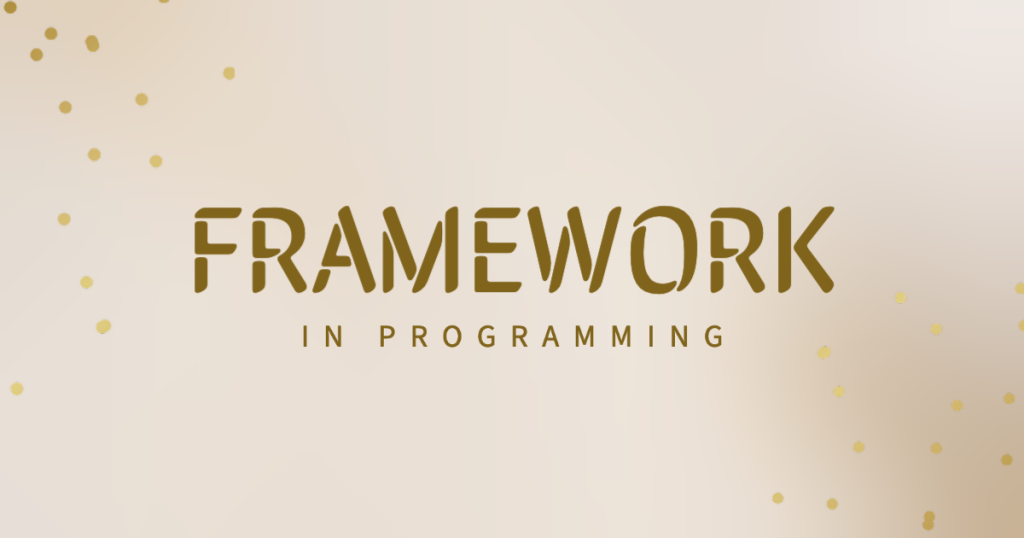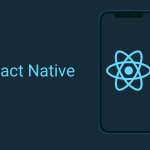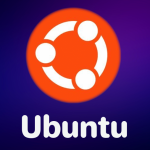In the rapidly evolving world of app development, choosing the right framework can determine the success of a project. Developers today need frameworks that combine flexibility, performance, and ease of maintenance. With technology advancing at an unprecedented rate, 2025 offers a wide variety of tools for building modern mobile and web applications that are scalable, secure, and efficient.
This guide explores the most powerful programming frameworks that are shaping the future of app development. Each of these frameworks brings something unique to the table, whether it is speed, simplicity, or advanced integration capabilities.
Table of Contents
Flutter
Flutter, developed by Google, has transformed how developers build mobile and cross-platform applications. It uses the Dart programming language and allows developers to create apps for Android, iOS, desktop, and web using a single codebase.
One of Flutter’s most impressive features is its Hot Reload capability, which lets developers instantly see changes without restarting the app. This dramatically improves productivity and experimentation during the development process. Flutter’s widgets follow Google’s Material Design and Apple’s Cupertino standards, enabling developers to craft beautiful, consistent interfaces that perform smoothly on all devices.
React Native
React Native, created by Meta, remains one of the most popular frameworks for cross-platform app development. It uses JavaScript and the React library, allowing developers to build apps that share logic between mobile and web platforms.
What makes React Native stand out is its extensive ecosystem. It has thousands of libraries, plugins, and third-party tools that simplify complex tasks. Its Fast Refresh feature allows real-time UI updates, reducing debugging time and increasing development speed.
SwiftUI
SwiftUI, developed by Apple, is a modern framework for building iOS, macOS, watchOS, and tvOS applications. It allows developers to design user interfaces with minimal code by using a declarative syntax.
With SwiftUI, developers can preview their designs in real-time as they code, ensuring rapid visual feedback. It integrates seamlessly with Apple’s development tools and frameworks, providing an optimized experience for all Apple platforms.
Kotlin Multiplatform
Kotlin Multiplatform, backed by JetBrains, is becoming a powerful option for developers who want to share logic between Android, iOS, and web applications without compromising native performance. Unlike frameworks that rely on a single UI layer for all platforms, Kotlin Multiplatform allows developers to write platform-specific code only where necessary.
This hybrid approach offers both flexibility and efficiency. Teams can reuse up to 80 percent of their codebase while maintaining the benefits of native performance and user experience. With strong community support and backing from Google, Kotlin Multiplatform is emerging as a leading solution for developers who want long-term scalability.
Angular
Angular, developed by Google, is a robust framework for building web applications that can also power hybrid mobile apps using tools like Ionic. It is based on TypeScript, a superset of JavaScript that adds type safety and better tooling for large-scale projects.
Angular’s component-based architecture encourages clean and modular code, making it easy to maintain and scale. It also includes powerful features such as two-way data binding, dependency injection, and built-in support for testing.
.NET MAUI
Microsoft’s .NET Multi-platform App UI, commonly known as .NET MAUI, is the evolution of Xamarin. It allows developers to build applications for Android, iOS, macOS, and Windows using C# and the .NET framework.
.NET MAUI offers a unified project structure, meaning developers can manage all platform-specific configurations from one place. It also provides native performance and access to platform APIs, ensuring that applications run efficiently across all devices.
For teams already invested in the Microsoft ecosystem, .NET MAUI offers a stable, well-supported environment for cross-platform app development.
Choosing the Right Framework
Selecting the right framework depends on several factors, including your team’s skill set, project goals, target audience, and performance requirements.
Flutter is ideal for teams that want a single codebase across multiple platforms with consistent UI and performance. React Native is perfect for web developers expanding into mobile with existing JavaScript expertise. SwiftUI is unbeatable for iOS-exclusive projects. Kotlin Multiplatform offers flexibility for mixed environments, while Angular remains a trusted solution for web-driven applications.
.NET MAUI is an excellent choice for organizations invested in the Microsoft ecosystem that want to build reliable cross-platform applications.
Conclusion
The world of app development in 2025 offers more choices than ever before. Each framework discussed here provides powerful tools for building fast, reliable, and scalable applications. The best approach is to evaluate your specific project needs, development resources, and target platforms before making a final choice. Also Check The Ethics of AI – Comprehensive Guide – 2025







1 thought on “Best Programming Frameworks for App Development 2025”